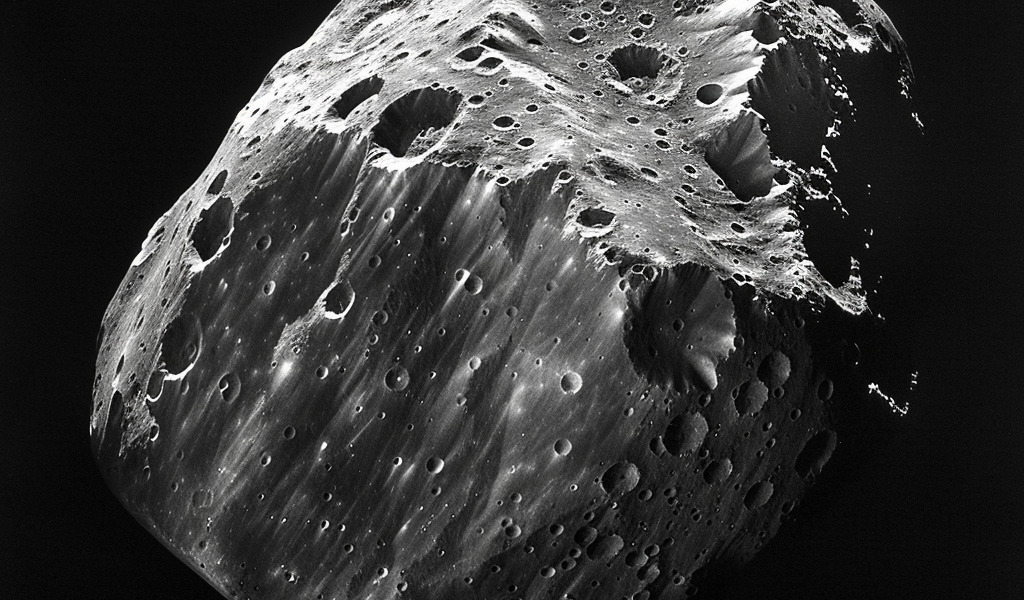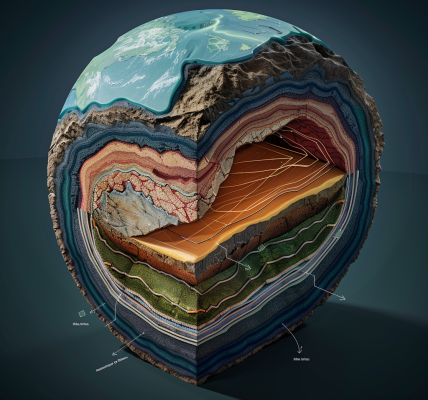Mars’ ‘Space Potato’ Moon Phobos Captures Attention of Scientists and Space Enthusiasts
A stunning photo of Mars’ largest moon, Phobos, has captured the attention of space enthusiasts and scientists alike. Referred to affectionately as the ‘space potato’ due to its crinkly and lumpy appearance, Phobos has long been a subject of fascination.
The High Resolution Imaging Science Experiment (HiRISE) camera, situated on NASA’s Mars Reconnaissance Orbiter, has provided a detailed look at this celestial body, revealing its unique features and rugged surface.
Despite being significantly smaller than Earth’s moon, Phobos stands out with its jagged details and mysterious allure. Named after the Greek god of fear, this moon presents a stark contrast to the smooth, round shape of our familiar lunar companion.
Scientists speculate that Phobos and its counterpart, Deimos, may have originated as captured asteroids, drawn in by Mars’ gravitational pull. The irregular shapes and cratered surfaces of these moons hint at their tumultuous past and raise questions about their true nature.
One intriguing theory suggests that Phobos could have once roamed freely through the solar system before becoming trapped by Mars’ gravity. Its reflective surface has led some to ponder whether Phobos might actually be a disguised comet, adding another layer of mystery to its enigmatic existence.
The fate of Phobos and Deimos is a topic of ongoing research and speculation. While Deimos is gradually drifting away from Mars, Phobos is headed on a potential collision course with the red planet. Scientists predict that in the future, Phobos may either collide with Mars or disintegrate due to tidal forces, highlighting the dynamic and ever-changing nature of our solar system.
Thanks to the advanced technology aboard the Mars Reconnaissance Orbiter, including the HiRISE camera, researchers are able to gather valuable data and insights into the Martian moons, shedding light on their origins and evolution. These high-resolution images are instrumental in unraveling the mysteries of Phobos and Deimos, bringing us closer to understanding the complex dynamics of our neighboring celestial bodies.





